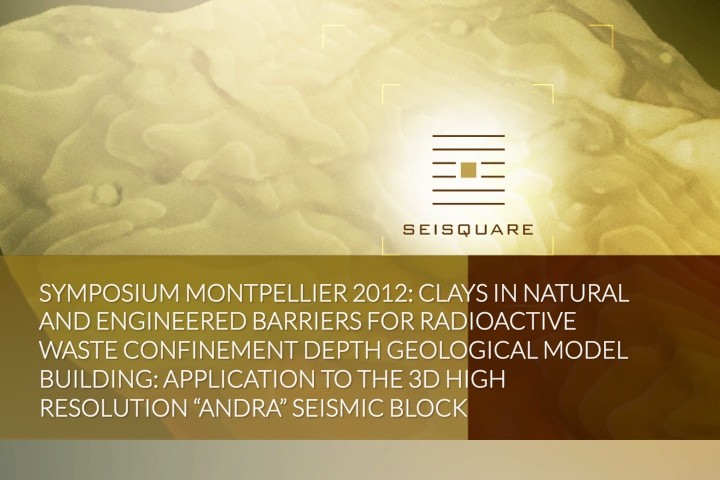3D seismic blocks and logging data , mainly acoustic and density logs, are often used for geological model building in time. The geological model must be then converted from time to depth. Geostatistical approach for time-to-depth conversion of seismic horizons is often used in many geo modelling projects. From a geostatistical point of view, the time-to-depth conversion of seismic horizons is a classical estimation problem involving one or more secondary variables. Bayesian approach [1] provides an excellent estimator which is more general than the traditional kriging with external drift(s) and fits very well to the needs for time-to-depth conversion of seismic horizons. The time-to-depth conversion of the selected seismic horizons is used to compute a time-to-depth conversion model at the time sampling rate (1 ms). The 3D depth conversion model allows the computation of an interval velocity block which is compared with the acoustic impedance block to estimate a density block as QC. Unrealistic density values are edited and the interval velocity block as well as the depth conversion model is updated.





